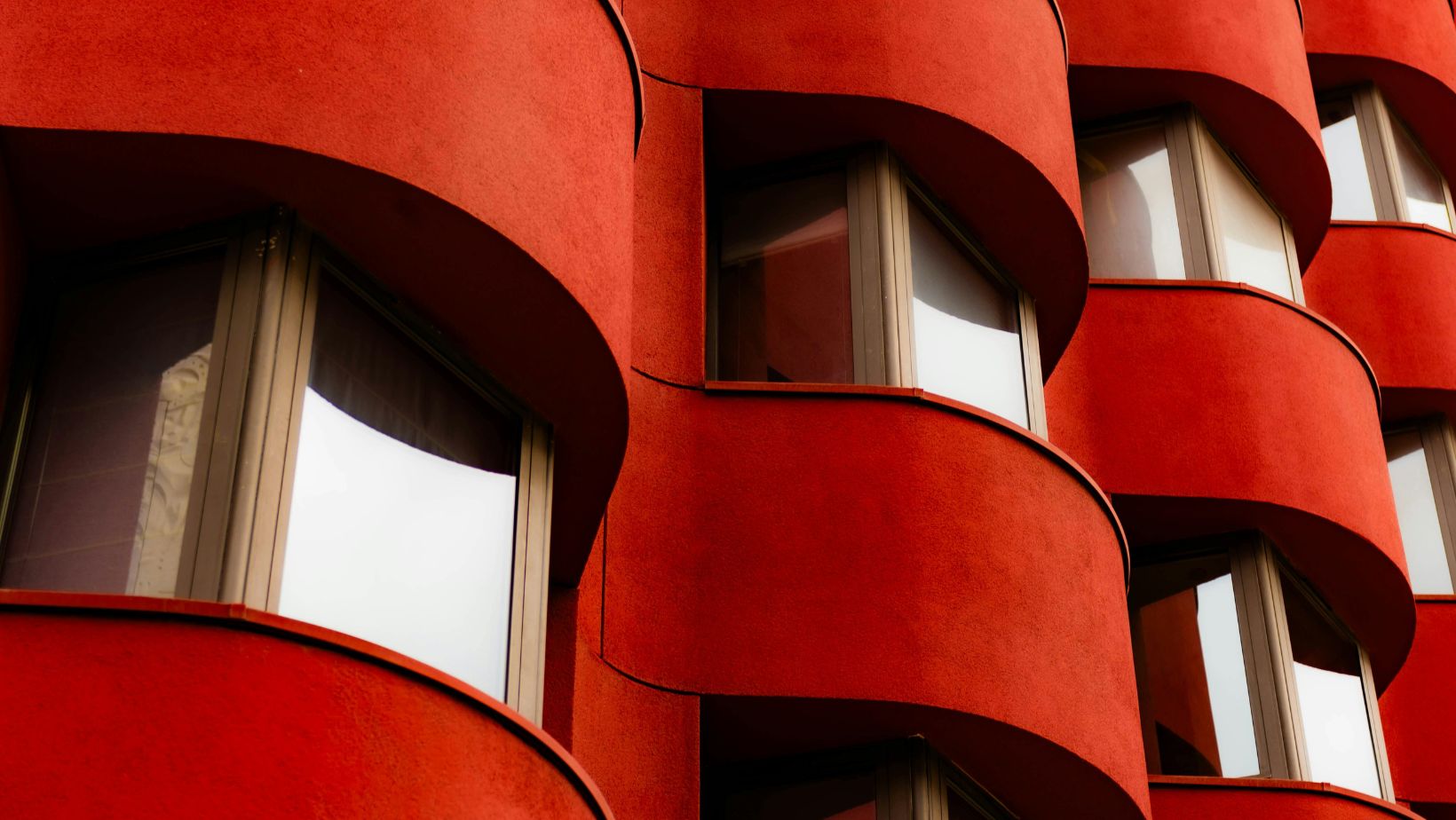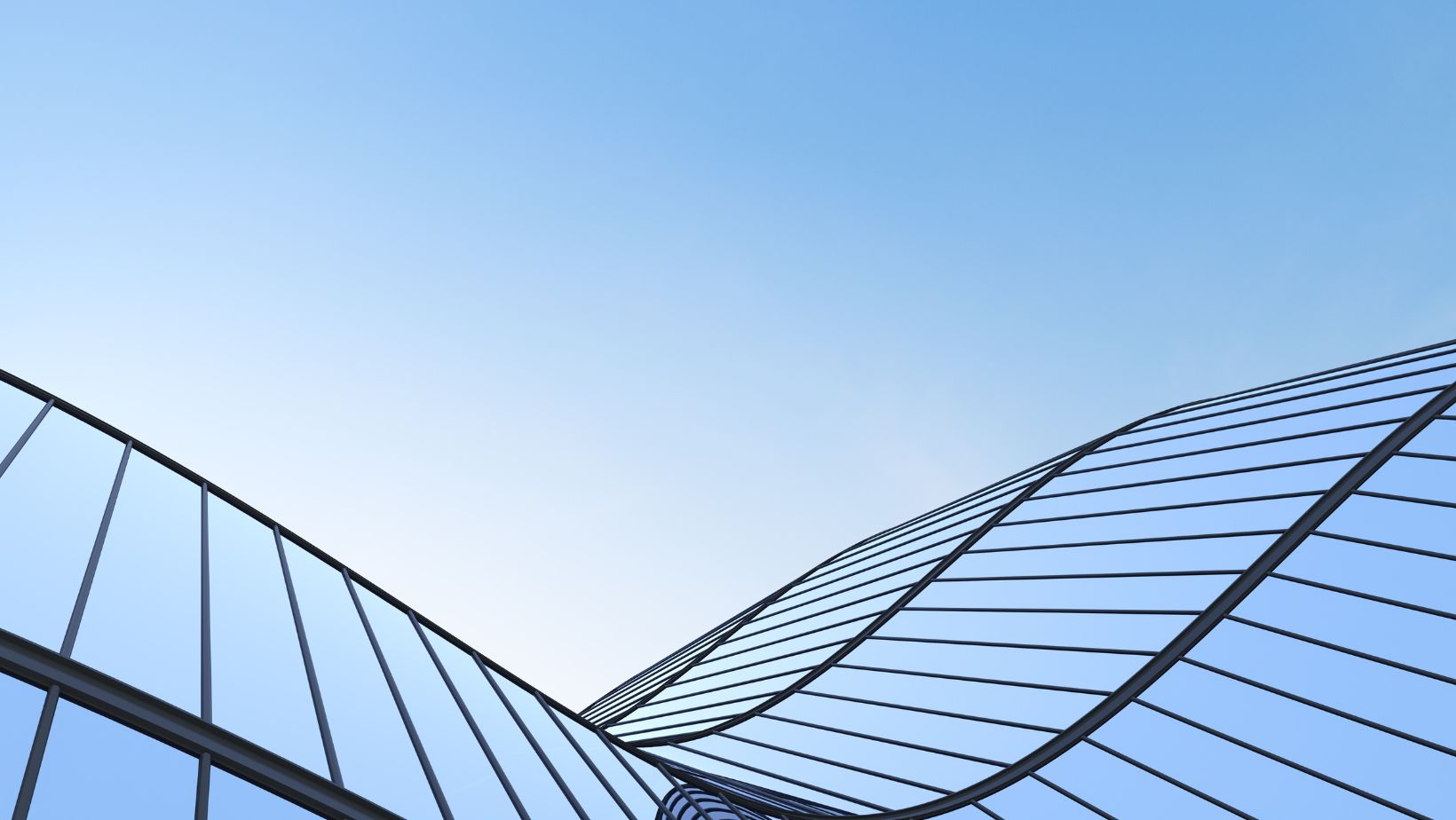In a world where design trends evolve rapidly, few architectural elements manage to blend modern sophistication with timeless elegance as seamlessly as curved glass windows. Once considered an architectural novelty, these fluid, panoramic features are now firmly established as status symbols in luxury real estate and high-end design. From cutting-edge skyscrapers to the thoughtful restoration of historic homes, curved glass is not just a structural choice—it’s a design philosophy rooted in beauty, innovation, and exclusivity.
The Rise of Curved Glass in Luxury Design
Straight lines and sharp angles dominated the modernist movement of the 20th century, but the 21st century is leaning into softer, more organic forms. As architecture increasingly looks to nature for inspiration, curves have come to represent fluidity, calm, and seamless integration between interior and exterior spaces. High-end architects and developers are turning to curved windows not just for aesthetics, but for the immersive experience they offer.
Luxury homeowners today crave originality. While open floor plans that incorporate floor-to-ceiling windows and natural light are popular, curves offer what straight edges can’t: uniqueness. Iconic architects like Zaha Hadid and Norman Foster have made curvature a hallmark of their designs, and now that influence is trickling down into custom homes, boutique hotels, and even luxury retail spaces.
Aesthetic Fluidity: The Visual Allure of the Curve
There’s a subtle power to curves. A curved window draws the eye in a way that a flat pane cannot. It reshapes how we experience light, space, and view. Instead of compartmentalizing a room, a curve blends it with its surroundings. Natural light flows more evenly. Panoramic views feel immersive and cinematic. The glass becomes not just a functional barrier but a statement piece in its own right.
Curved windows create harmony in design. They soften hard materials like steel and stone. They echo the natural shapes of hills, waves, and skies. And perhaps most importantly, they introduce visual dynamism without overwhelming minimalistic interiors. It’s this balance—elegance without excess—that defines the luxury appeal of curved glass.
Engineering the Impossible: The Tech Behind the Trend
Of course, beauty isn’t enough. The rise of curved glass windows in luxury builds wouldn’t be possible without incredible advances in engineering. Decades ago, bending glass into complex curves was limited by structural constraints, poor thermal performance, and high breakage risk. Today, thanks to innovations in lamination, vacuum-insulated glass, and computer-aided fabrication, those limitations have largely been overcome. 
Now, architects can request fully customized radii, integrated smart-tint technology, and even triple-glazed curved panels with sound insulation. These innovations come at a premium—but that’s precisely why they’re sought after. In luxury design, scarcity and complexity are features, not bugs.
New Status Symbol in Real Estate
Curved glass has become a calling card in luxury listings. From Miami high-rises to West Coast mansions, the presence of a curved window often signifies architectural ambition and exclusivity. These windows are rarely mass-produced or cookie-cutter; they signal customization, craftsmanship, and bold vision.
For developers, curved windows provide a competitive edge. They open up previously unimaginable sightlines, maximize corner views, and create dramatic interior moments. For buyers, they offer a sense of identity and sophistication. Few things scream “one-of-a-kind” like a home with glass that bends just for you.
Restoring Elegance: Curved Glass in Historic Property Renovations
Curved windows are not a purely modern phenomenon. In fact, some of the earliest uses of curved glass appear in Victorian bay windows, Art Deco storefronts, and pre-war buildings with domed or cylindrical facades. As urban restoration gains momentum, especially in affluent neighborhoods where character-rich properties are being rejuvenated rather than replaced, curved glass is having a second renaissance.
Restoring old buildings is increasingly seen as a form of modern luxury. It’s no longer just about acquiring something new; it’s about preserving craftsmanship and legacy, qualities that resonate deeply in a time of mass production. A well-preserved historical property doesn’t just offer charm—it tells a story. And part of that story is written in the subtle arcs of its original glass.
Bent window restoration is a delicate art that requires an intimate understanding of historical craftsmanship and an acute attention to detail. Unlike modern manufacturing, historical curved glass was often made using labor-intensive processes, with irregularities that add to its character. When restoring curved windows, glass artisans must balance authenticity with functionality, replicating historic curves while ensuring modern safety standards are met.
From antique townhouses in Boston to Edwardian storefronts in London, restoration projects are turning to specialty glassmakers capable of creating period-correct curves. Whether salvaging an original bent-glass bay or recreating one from scratch, the goal is the same: honor the past without compromising the present. And that makes curved glass restoration not just a niche trade, but a pinnacle of design luxury.
Curved Interiors: How the Window Changes the Room
When you change the shape of a window, you change the flow of the entire space. Curved glass encourages a more fluid interior layout, often eliminating the harsh corners that define traditional design. Sofas wrap around bays instead of sitting against flat walls. Lighting becomes more sculptural to follow the arc. Art placement, shadow patterns, and sightlines—all are reimagined in the presence of a curve.
Interior designers love working with curved windows for the visual drama they introduce without overwhelming a space. The gentle bend of a window can soften an industrial loft or elevate a minimalist living room. Curtains and blinds often give way to custom treatments—or are omitted entirely to showcase the curve as the centerpiece.
Conclusion: The Future is Fluid
Luxury is no longer just about opulence. It’s about uniqueness, authenticity, and attention to detail. Curved glass windows check all these boxes and more. They offer a visceral, visual, and emotional upgrade to any space, whether anchoring a new-age mansion or breathing new life into a historic treasure.
In a design world crowded with repetition, the curve stands apart. It challenges conventional geometry. It invites innovation. And whether engineered for tomorrow or restored from the past, curved windows are a defining feature of what luxury truly means today: the perfect marriage of form, function, and feeling. For more design & décor tips, do read our other articles to improve your home.
